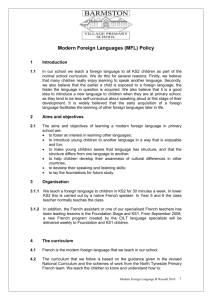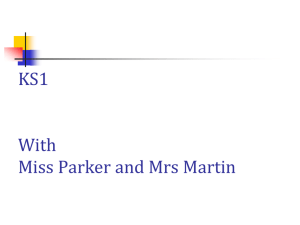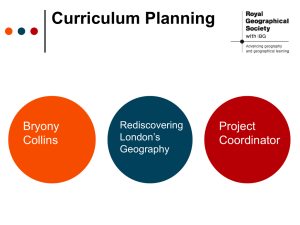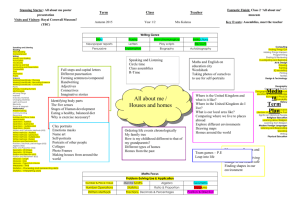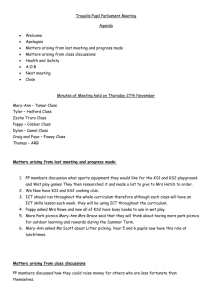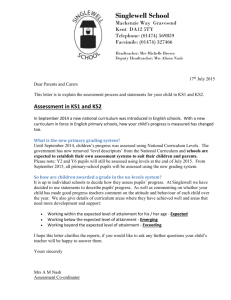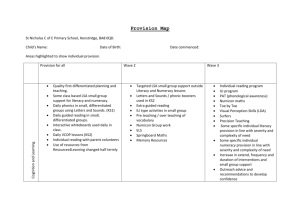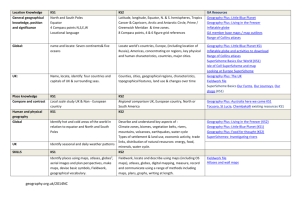Data Presentation HFS@home Wednesday 12th February 2014
advertisement
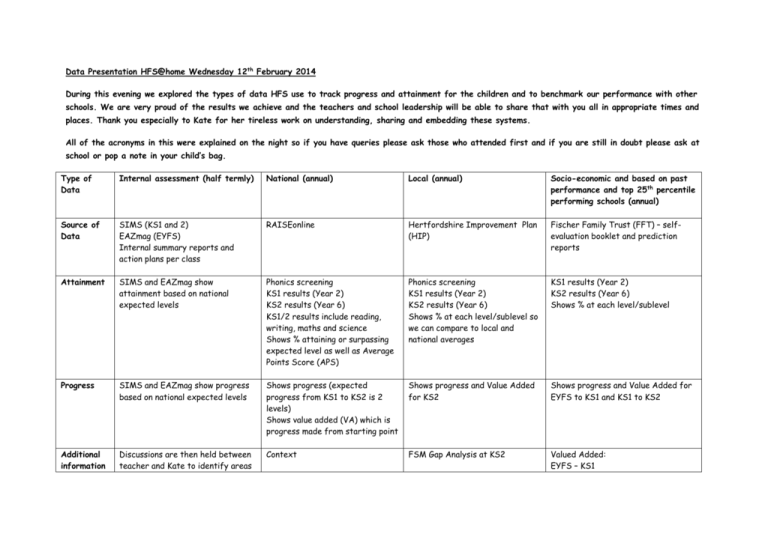
Data Presentation HFS@home Wednesday 12th February 2014 During this evening we explored the types of data HFS use to track progress and attainment for the children and to benchmark our performance with other schools. We are very proud of the results we achieve and the teachers and school leadership will be able to share that with you all in appropriate times and places. Thank you especially to Kate for her tireless work on understanding, sharing and embedding these systems. All of the acronyms in this were explained on the night so if you have queries please ask those who attended first and if you are still in doubt please ask at school or pop a note in your child’s bag. Type of Data Internal assessment (half termly) National (annual) Local (annual) Socio-economic and based on past performance and top 25th percentile performing schools (annual) Source of Data SIMS (KS1 and 2) EAZmag (EYFS) Internal summary reports and action plans per class RAISEonline Hertfordshire Improvement Plan (HIP) Fischer Family Trust (FFT) – selfevaluation booklet and prediction reports Attainment SIMS and EAZmag show attainment based on national expected levels Phonics screening KS1 results (Year 2) KS2 results (Year 6) KS1/2 results include reading, writing, maths and science Shows % attaining or surpassing expected level as well as Average Points Score (APS) Phonics screening KS1 results (Year 2) KS2 results (Year 6) Shows % at each level/sublevel so we can compare to local and national averages KS1 results (Year 2) KS2 results (Year 6) Shows % at each level/sublevel Progress SIMS and EAZmag show progress based on national expected levels Shows progress (expected progress from KS1 to KS2 is 2 levels) Shows value added (VA) which is progress made from starting point Shows progress and Value Added for KS2 Shows progress and Value Added for EYFS to KS1 and KS1 to KS2 Additional information Discussions are then held between teacher and Kate to identify areas Context FSM Gap Analysis at KS2 Valued Added: EYFS – KS1 of concern and action plan created per child to ensure adequate support and challeng SIMS can create reports for sub groups, individuals, subjects etc Absence and exclusions Closing the Gaps (FSM and CLA) FFT Value added and estimates at KS2 KS1 – KS2 Five strongest areas Five weakest areas Background information (context) KS1 estimates- shows Type A, B, D estimates (we use type D as sets most challenging targets) Type A – average (age, gender, EYFS) Type B – local (FSM and geodemographic) Type D – progress of schools in 25th percentile (high achieving) Looks in detail at Reading, Writing, Maths for each sub group Missing information at present More reports will become available with more historic data as the school grows KS2 data as we don’t have Year 6 children yet Only takes into account children we had at end of 2013 and significant changes since (Year 2 and 3 have approximately doubled) Types of data from school: - parent evenings (Autumn and spring) - report (summer) - weekly highlights per class in Voice - personal feedback (verbal/ email/ home school link book) should be fortnightly KS2 data Only takes into account children we had at end of 2012/13 and significant changes since (Year 2 and 3 have approximately doubled) We can’t access VA information because we don’t have 3 years data Only takes into account children we had at end of 2012/13 and significant changes since (Year 2 and 3 have approximately doubled) - blogs (Chicks, Year 3, Director of Learning and expanding to other years once piloted successfully in these areas)
